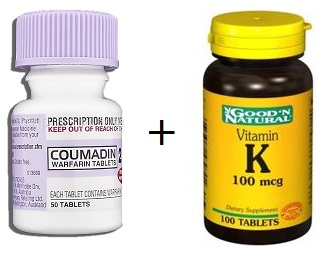

The most sensitive test to detect the presence of dabigatran is the TT, even at very low drug concentrations. TT and activated partial thromboplastin time (aPTT) may be used alternatively for qualitative assessments.

These tests closely correlate with dabigatran levels measured by the reference standard method, liquid chromatography-tandem mass spectrometry. The most specific tests for assessing the anticoagulant activity of dabigatran are the diluted thrombin time (dTT), the ECT, and the ecarin chromogenic assay. Keywords: Apixaban Dabigatran Edoxaban Rivaroxaban Idarucizumab Andexanet alpha Prothrombin complex concentrate may be considered if andexanet alpha is not available or in case of an ICH associated with edoxaban. In rivaroxaban and apixaban-associated ICHs administration of andexanet alpha should be considered. In dabigatran-associated ICH 5 g Idarucizumab should be administered. More accessible tests such as the prothrombin time and activated partial thromboplastin time have important limitations. Laboratory measurements of anticoagulant activity in NOAC patients is challenging as specific tests are not widely available. Immediate normalization of coagulation is the main goal and therefore knowledge of pharmacodynamics and coagulation status is essential. The mortality and complication rates of OAC-ICH are high and therefore they are the most feared complication of OAT. Consequently, despite a better safety profile of NOAC the number of patients with OAC-ICH will increase.

OAT became less complicate with the introduction of non-vitamin K oral anticoagulants (NOAC) OAT because of easier handling, favorable risk-benefit profile, reduced rates of ICH compared to vitamin K antagonists and no need for routine coagulation testing.

The number of patients with an indication for oral anticoagulant therapy (OAT) increases with increasing age. Oral anticoagulant-associated intracerebral hemorrhage (OAC-ICH) accounts for nearly 20% of all ICH.


 0 kommentar(er)
0 kommentar(er)
